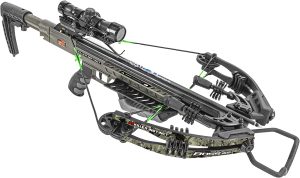There are plenty of questions you may have when it comes to choosing the perfect crossbow, which is why it is important to think about a crossbow comparison. Many beginner hunters wonder, how much power is needed to kill a deer? Also, what does trigger speed and volume have to do with hunting? Luckily, everything that you need to know when you begin crossbow shopping is included in this guide, ranging from draw weights to arrow velocity.
Researching State Regulations and Draw Weight
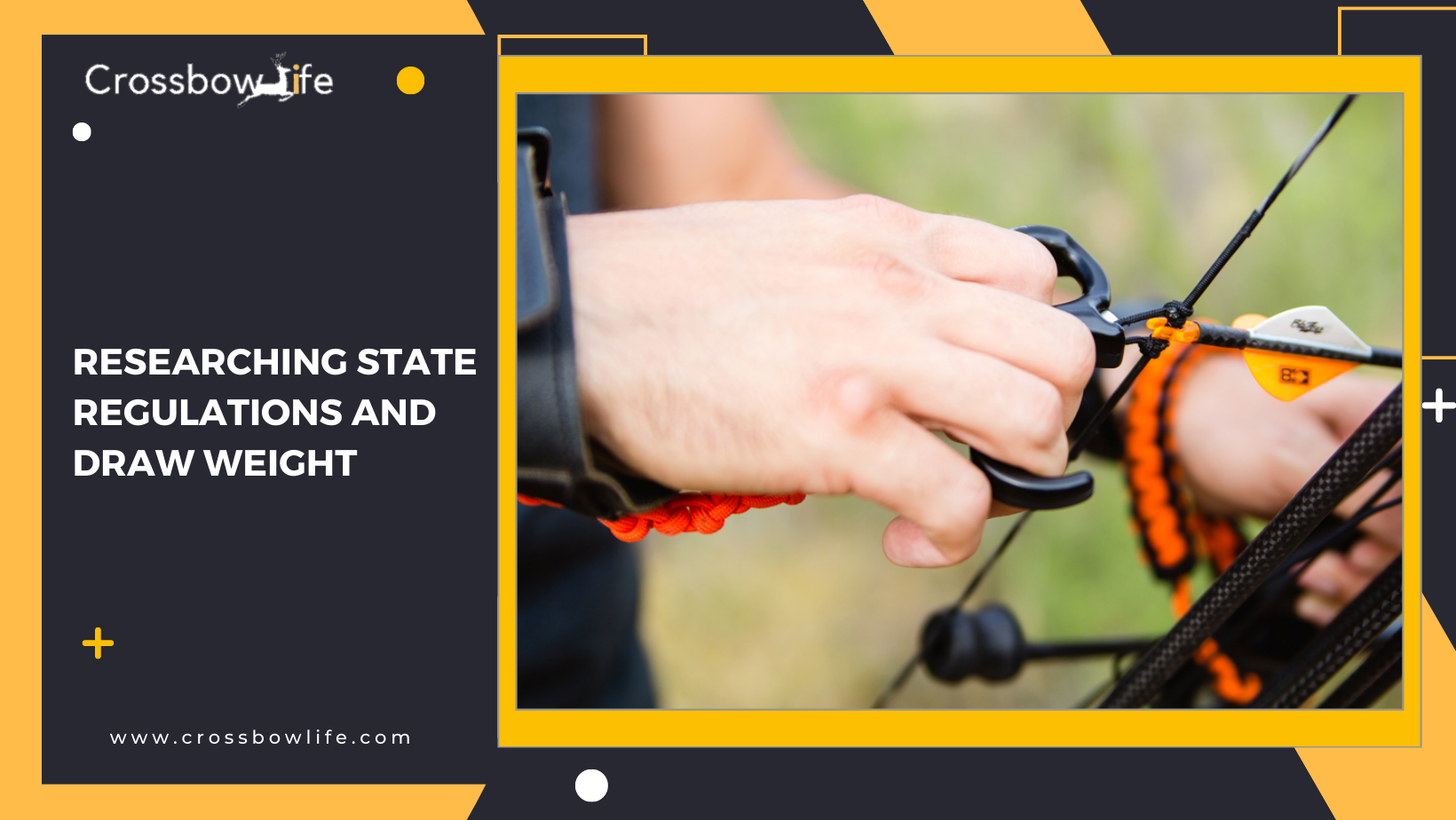
When it comes to drawing weight, choosing the right crossbow is simple, as the majority of states in the U.S. don’t give you much wiggle room since many have regulations when it comes to hunting season. It is important that you first do a little bit of background research into legal crossbows in your area, especially as the regulatory draw weights vary considerably. Some states may allow for 75 pounds whereas others may allow for 125 pounds.
The main thing to think about when you start your crossbow comparison is to remember, the heavier the draw weight is, the stronger it will be. The vast majority of popular crossbows fall within the range of 150 to 175 pounds, which is a sufficient draw weight to tackle a large deer. There are other models that exceed 200 pounds, but again, most states find that these draw weights are illegal.
Learning About Arrow Velocity
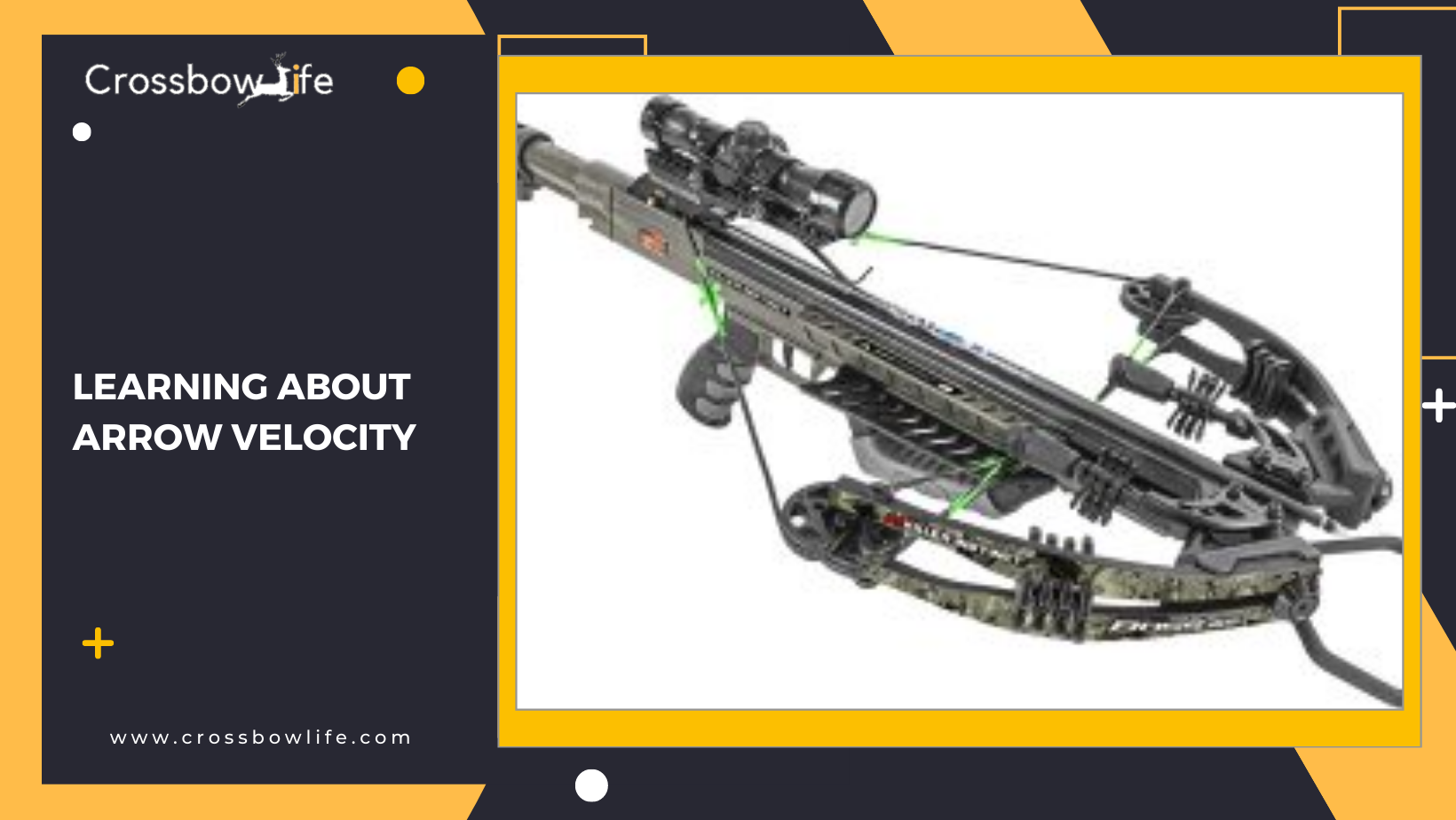
If there’s one thing that is always on the minds of crossbow manufacturers, it’s surely how quickly the arrow will travel from your crossbow to your target, and it is a feature that is constantly expanding. Determining the perfect amount of arrow velocity is also dependent on your personal preference and the type of game you will be hunting.
Similar to draw weight, the faster the arrow velocity, the more accurate and easier your hunting will be. It’s best to think of it this way: the faster an arrow travels, the less time there is for your game to be alerted and run away. Ideally, a crossbow should have a starting velocity of 300 FPS, allowing you to take down the big game cleanly and quickly.
Are Scopes a Necessity?

Another important feature to consider when you’re making your crossbow comparison is whether your chosen model can use a scope or not. In most cases, it is imperative that you can add attachments to your hunting equipment, as this gives you the ability to see further and improve your shooting accuracy. This is especially true if you’re working with a model that is designed with impeccable arrow velocity and draw weight, as you’ll want to push the limits and see how far your crossbow can accurately shoot.
There are plenty of magnification options to choose from when you’re picking a scope, typically ranging from zero to five. You’ll also be able to choose from different reticles, which help you to aim properly at your target, the most popular are either red dots or crosshairs. There’s also the ability to pick a multiple-reticle scope, which allows you to transition between a few different types of reticles, depending on the distance of the target you’re aiming at.
Buying the Perfect Arrows

If you’ve been contemplating purchasing a crossbow kit that comes equipped with all of the necessary accessories, one of the most important things to look out for are the arrows. No matter how strong your crossbow may be, the cheaper your arrows are, the more likely they are to be damaged and splinter. Not to mention low-quality arrows can also make it relatively impossible to hit a bulls-eye on your target.
This leads many people to purchase arrows outside of their kits, as they will want the top of the line components that are designed specifically for hunting and there are many high-end manufacturers that offer pristine arrows made for crossbows.
When it comes to choosing the type of arrow, ensure that you’re not choosing arrows for compound bows as they won’t be cut to the right length or have fletches in the right spots. In addition, carbon arrows will give you the most resilience and durability when compared to aluminum.
Choosing the Right Broadheads
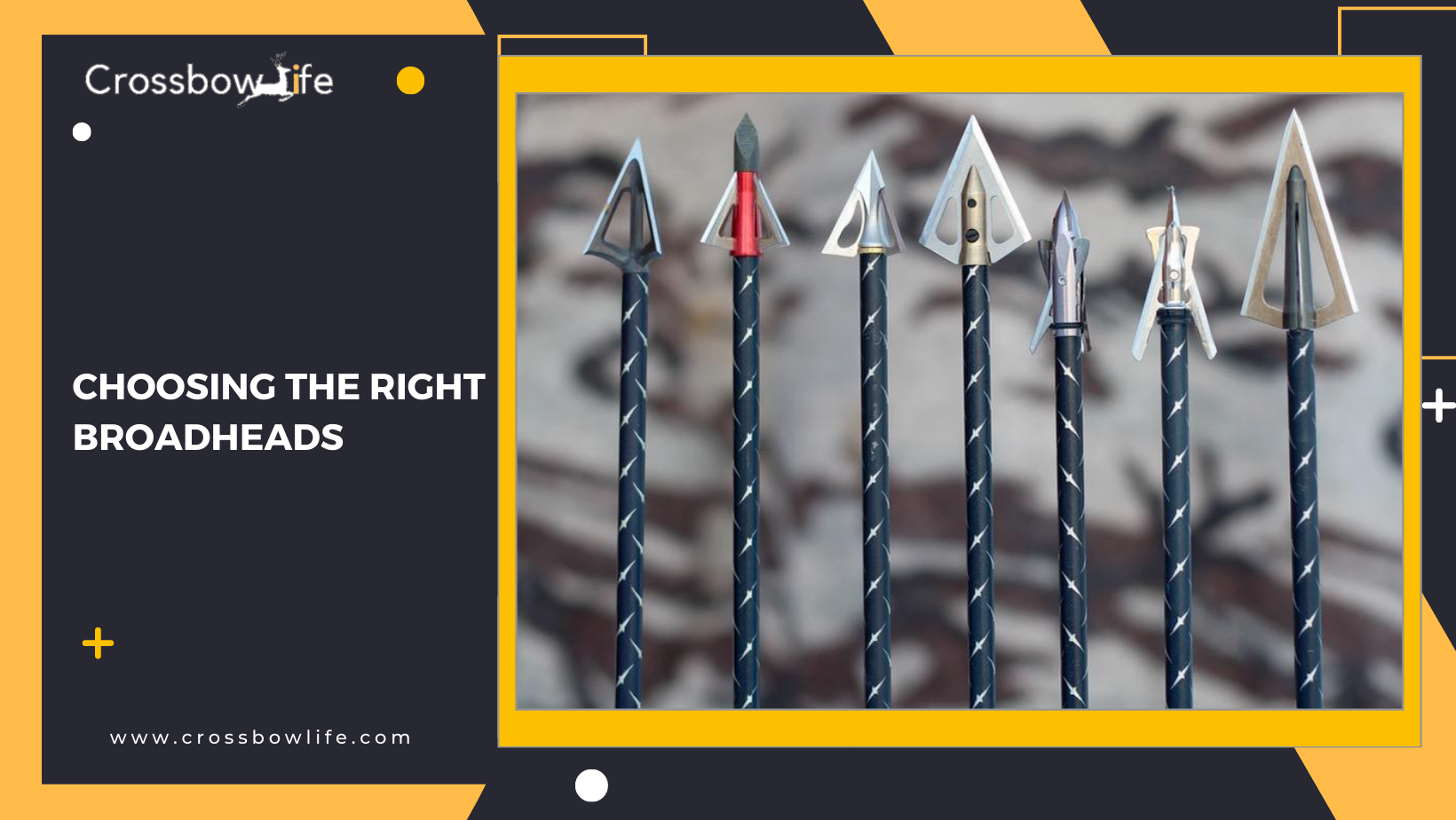
Also referred to as the tip of the arrow, there are broadheads designed for every type of shooting you could imagine. With that being said, some are not useful for hunting, and others are not recommended for practicing.
You’re going to want to consider broadheads that are heavier, as this helps to stabilize the arrow as it flies through the air and the recommended weight for most hunting is 150 grains.
Do I Need to Buy a Rangefinder?
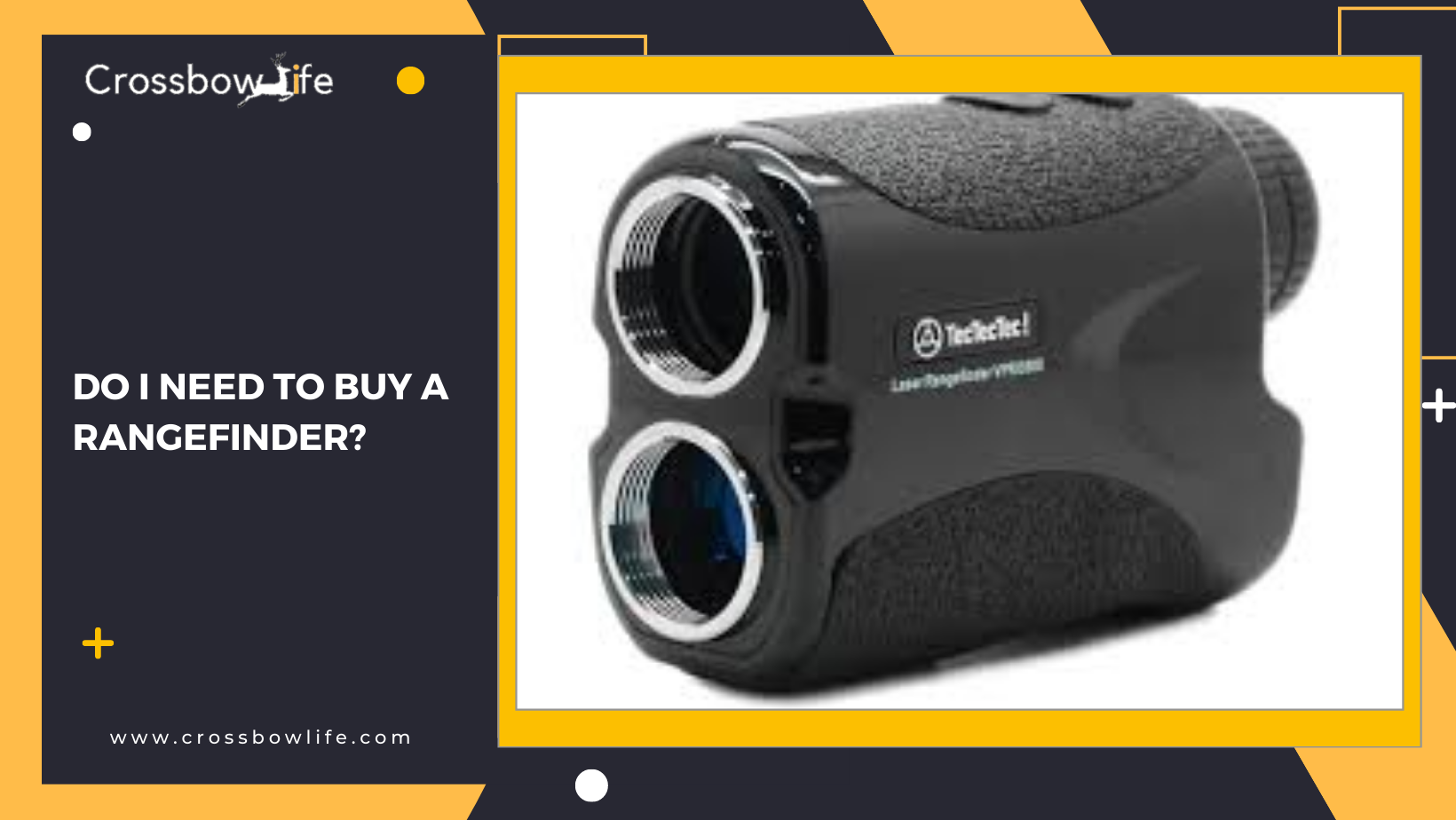
No matter if you’re an experienced hunter or someone who is going out for their first hunting trip, you might want to consider purchasing a rangefinder. They’re convenient tools that help to make hunting easier and give you the ability to accurately judge your shots before you begin wasting arrows.
Modern rangefinders will calculate the exact distance from your game to where you are, which is essential for ensuring you compensate for longer distances. If there’s an accessory you should be sure to look out for that will last you a lifetime of hunting, it’s surely a rangefinder.
Finding a Comfortable Trigger Weight
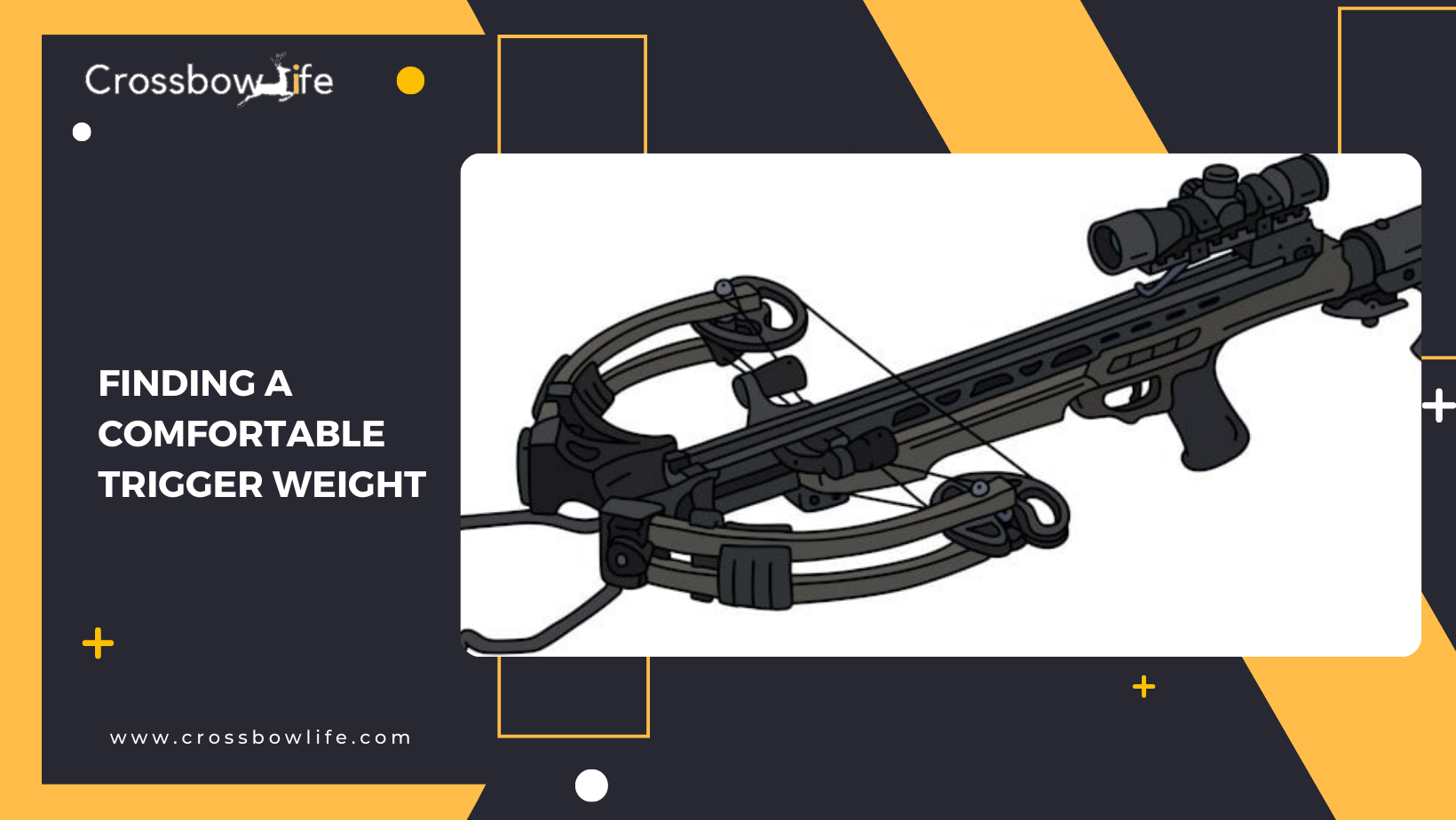
As something that most beginners might not take into consideration, it’s important to think about trigger weight when you’re making your crossbow comparison. The weight of the trigger will determine how easy it is to release an arrow and how much pressure you need to put on the trigger to allow the arrow to fly. A crossbow with too sensitive of a trigger is only going to make it more difficult to accurately aim and set up your shot, whereas a trigger with too much weight might make a lot of noise on release.
To get an idea of the right trigger weight, you’re going to need to physically test out different crossbows. It’s also important that you try them out with and without gloves, as this can make a huge difference.
How to Make the Perfect Crossbow Comparison: A Summary
Now that you are aware of all of the important things to look for when you begin searching for your ideal crossbow, it’s time to make a purchase and get it out on the range. There’s nothing more important than getting some practice under your belt before you decide to go out and hunt big game. You’ll be able to get a feel for the weight of the unit, the weight of the trigger pull, and learn about the finer details such as stringing the crossbow and setting your arrows. Making the perfect crossbow comparison is simple, as long as you know what it is you’re looking for.
Related Links:
- https://en.wikipedia.org/wiki/Crossbow /By Wikipedia
- https://en.wikipedia.org/wiki/History_of_crossbows /By Wikipedia
- https://en.wikipedia.org/wiki/Bow_and_arrow /By Wikipedia
- https://www.wikihow.com/Make-a-Crossbow /By Wikihow
- https://www.wikihow.com/Make-a-Small-Crossbow-out-of-Household-Items /By Wikihow
- https://www.wikihow.com/Use-a-Modern-Crossbow /By Wikihow
- https://www.wikihow-fun.com/Make-a-Paper-Crossbow /By Wikihow


